In a season brimming with high hopes and championship aspirations, the Notre Dame Fighting Irish experienced a sobering reality check following their recent triumph over the Purdue Boilermakers. While the 35-17 victory was a testament to Notre Dame’s prowess on the field, it was overshadowed by the unfortunate loss of two key starters to season-ending injuries. As fans and analysts scramble to assess the ramifications, the team’s resilience and depth are set to be tested like never before.
Notre Dame’s win against Purdue showcased their offensive firepower and defensive tenacity. Quarterback Sam Hartman threw for over 300 yards and four touchdowns, demonstrating why he was one of the most coveted transfers in the offseason. The offense, with its balance of strong running and effective passing, dismantled Purdue’s defense with apparent ease. On the defensive side, the Irish’s relentless pressure on Boilermaker quarterback Hudson Card stifled Purdue’s attempts to mount a comeback.
However, beneath the surface of this convincing victory lay a stark reality. The physical nature of the game took a toll on Notre Dame’s roster, as injuries began to pile up. The focus of post-game analysis quickly shifted from the scoreboard to the medical report, as it was confirmed that two key starters would be sidelined for the remainder of the season.
James Flanagan, a senior and captain of the defense, was one of the most influential players on the field. Known for his leadership, intelligence, and hard-hitting tackles, Flanagan was instrumental in orchestrating Notre Dame’s defensive schemes. His injury, a torn ACL, occurred in the second half of the Purdue game and was a devastating blow to the Irish’s defensive line-up.
Flanagan’s absence will be keenly felt, especially against high-powered offenses in the upcoming games. His leadership in the locker room and his ability to read and react to plays on the field made him a linchpin in the defense. His injury not only affects the team’s defensive strategy but also places an additional burden on the remaining linebackers and defensive coaches to fill the leadership void and adjust game plans accordingly.
On the offensive side, the loss of Derek Johnson is equally significant. Johnson, a senior offensive tackle, had been a stalwart on the line, protecting Hartman and paving the way for the running backs. His injury, which occurred late in the first half against Purdue, was diagnosed as a ruptured Achilles tendon, ending his season prematurely.
Johnson’s absence leaves a substantial gap in the offensive line, which will now need to be filled by less experienced players. This could potentially disrupt the cohesion and effectiveness of the line, impacting both the protection of Hartman and the effectiveness of the running game. The offensive line is crucial for maintaining the rhythm and balance of the offense, and Johnson’s injury means that backups will need to step up significantly.
The challenge now facing Notre Dame is multifaceted. First and foremost, the team must navigate the remainder of the season without two of its most crucial players. This situation demands immediate adaptation and strategic adjustments from both the coaching staff and the players.
With Flanagan out, defensive coordinator Al Golden will need to make some strategic shifts. The team will likely have to rely more heavily on other linebackers such as junior Mike Davis and sophomore Kevin Harris. Additionally, Golden might consider employing more nickel and dime packages to counterbalance the loss of Flanagan’s presence in the middle.
The defensive line, which had been effective in pressuring the quarterback, will need to support the new linebacker corps more effectively. This could also mean more emphasis on blitz packages and varying defensive fronts to maintain pressure on opposing quarterbacks.
On the offensive side, offensive line coach Harry Hiestand faces the task of reshuffling the line. The team will need to integrate backups into the starting roles and ensure that Hartman remains protected. The offensive line’s chemistry will be put to the test as new combinations are tried and tested.
The loss of Johnson might also prompt a shift in offensive strategy, with more quick passes and less reliance on deep drops from Hartman. Running backs will need to adapt to a potentially less effective blocking scheme, and the coaching staff might look to utilize more screen passes and short routes to mitigate pressure on the offensive line.
The psychological impact of losing key players cannot be underestimated. Leadership within the team will become crucial, as remaining veterans like linebacker Jonathan Thompson and offensive guard Alex Reynolds will need to step up. Team morale and unity will play a significant role in how the Irish navigate this period of adversity.
While the losses of Flanagan and Johnson are significant, they are not insurmountable. Notre Dame’s depth chart, while tested, still boasts talented players capable of stepping into these roles. The coaching staff’s ability to adapt and the team’s collective resilience will be critical in overcoming these challenges.
The season ahead will undoubtedly be a test of Notre Dame’s resolve and adaptability. As they move forward, every game will become a testament to their ability to rise above adversity and showcase the depth and spirit of the Fighting Irish. Fans and analysts will be closely watching to see how the team responds and whether they can maintain their high level of play despite these setbacks.
In the end, the Fighting Irish’s journey through this season will be defined not just by their victories on the field, but by their ability to overcome obstacles and forge ahead with determination and grit.
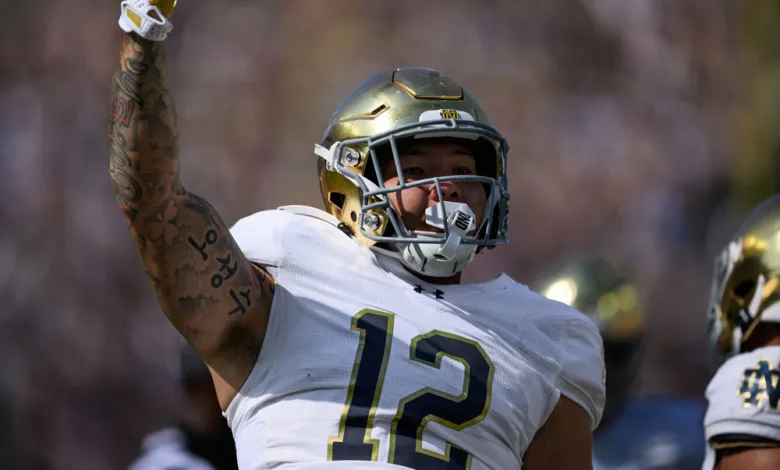
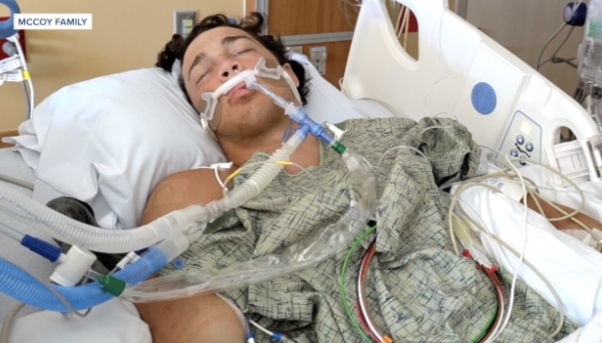
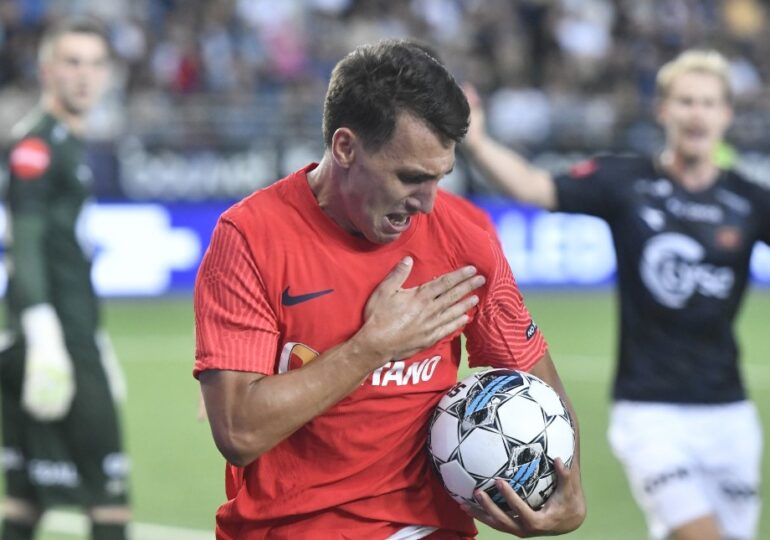
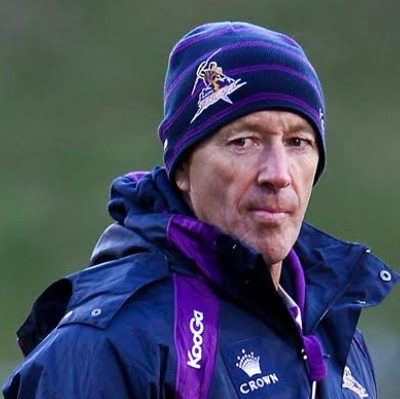
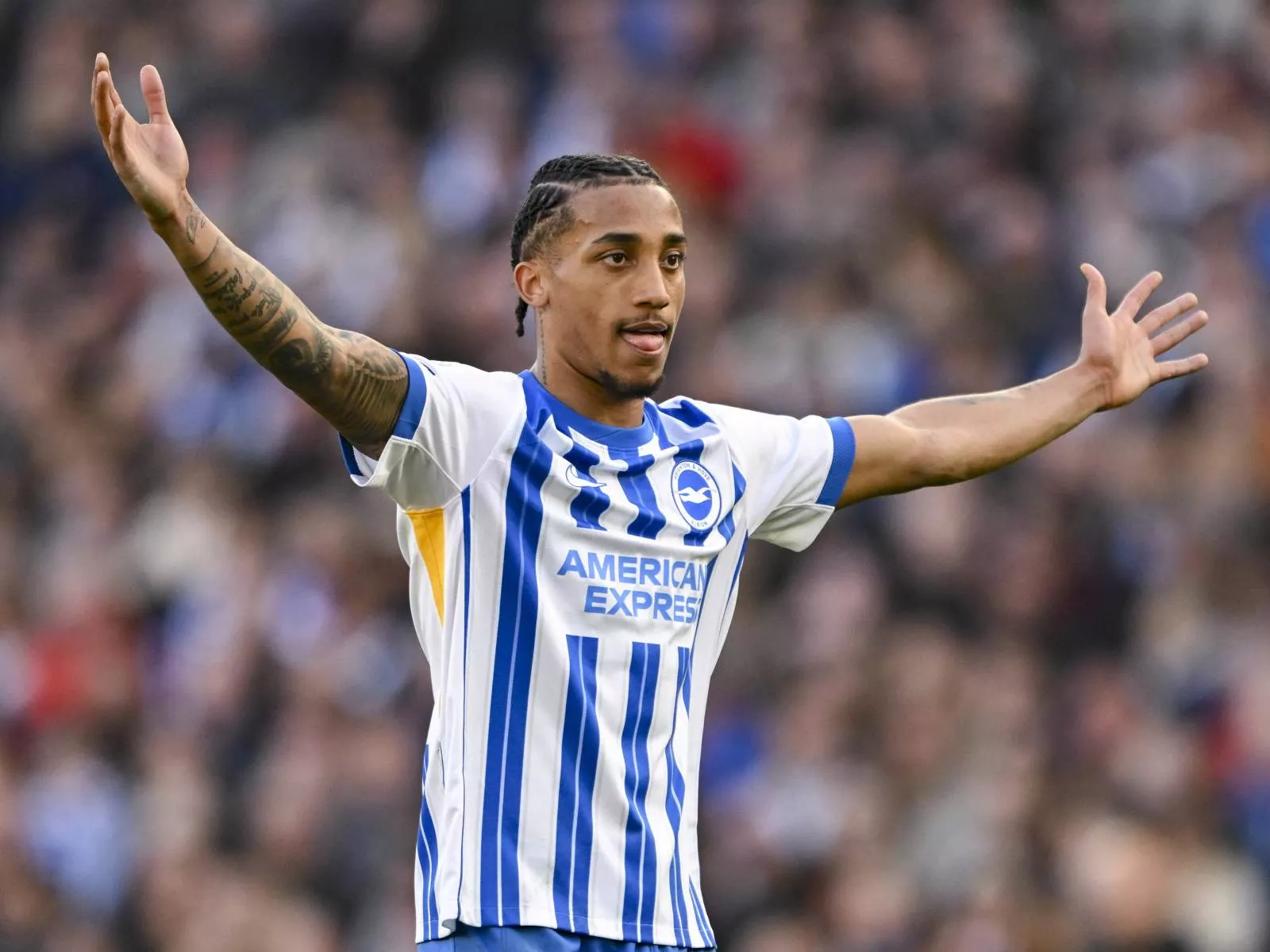
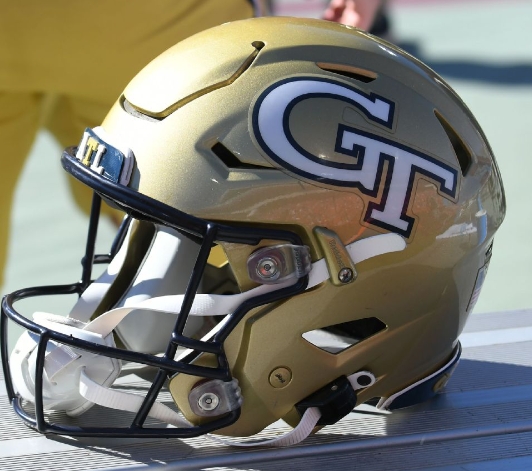
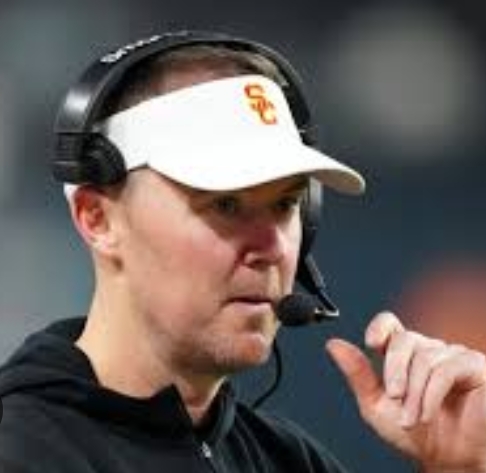
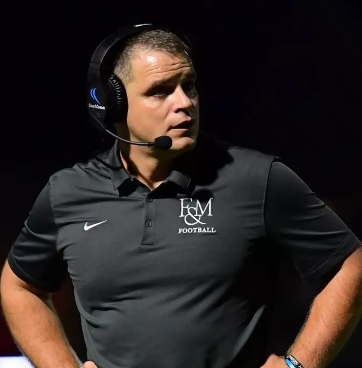
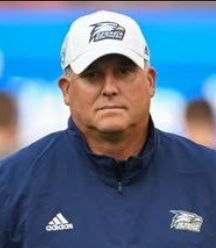
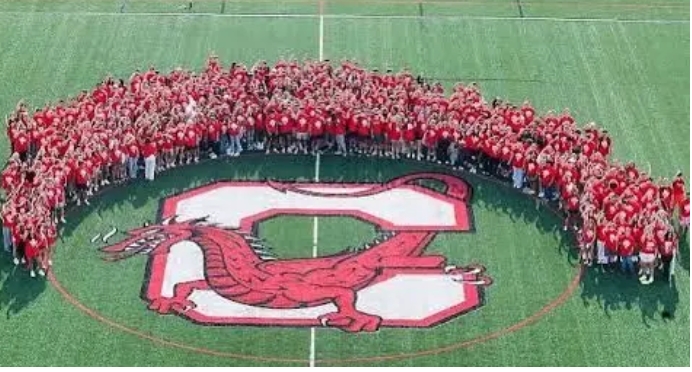
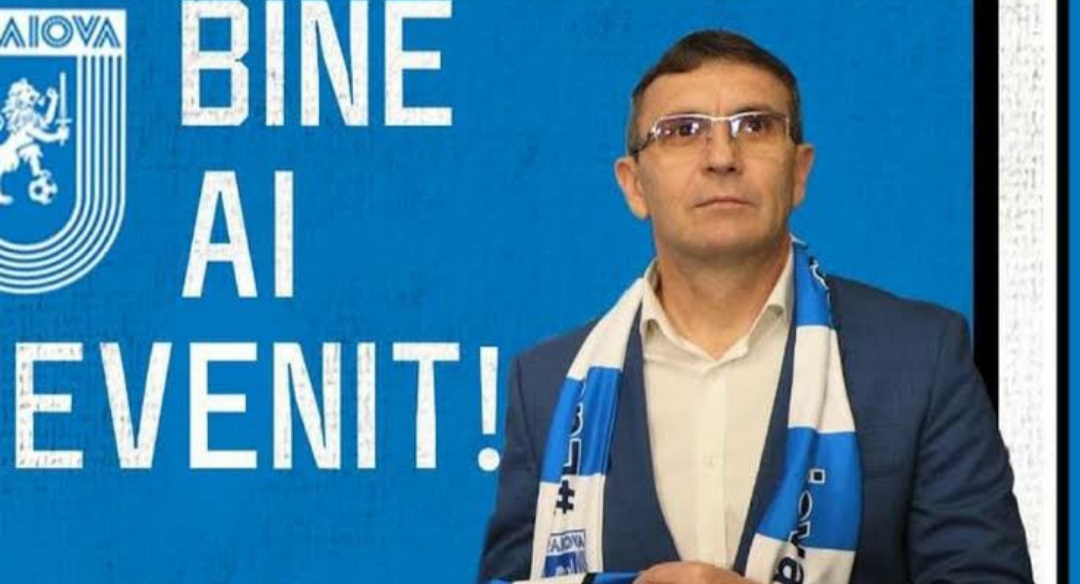

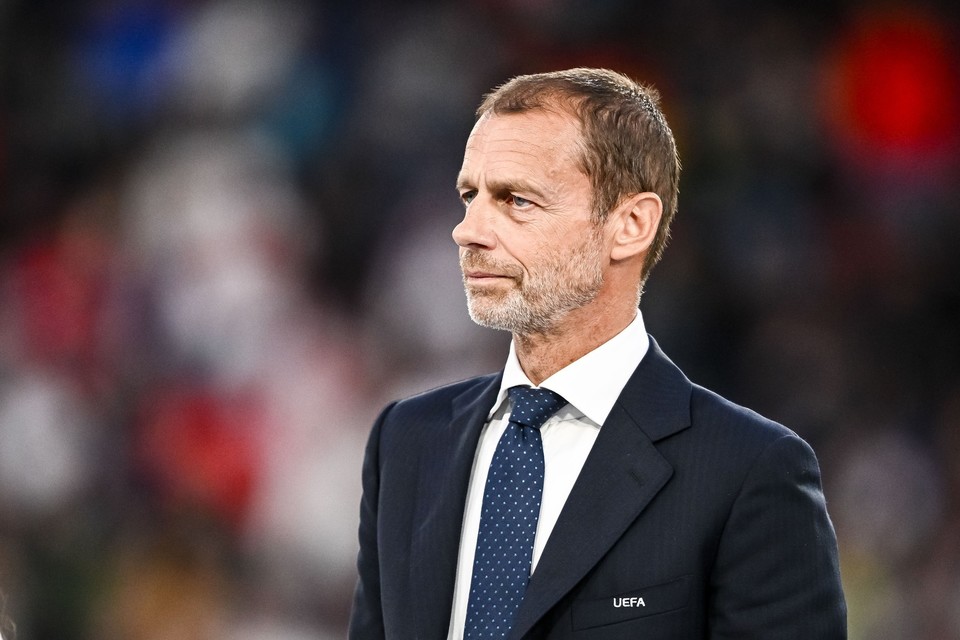
Leave a Reply